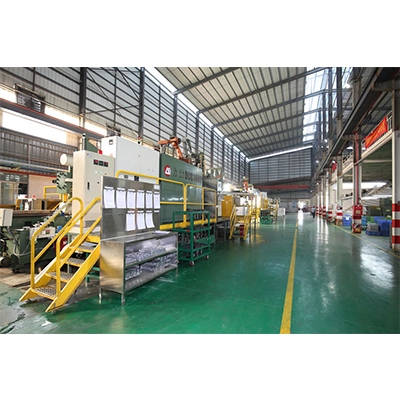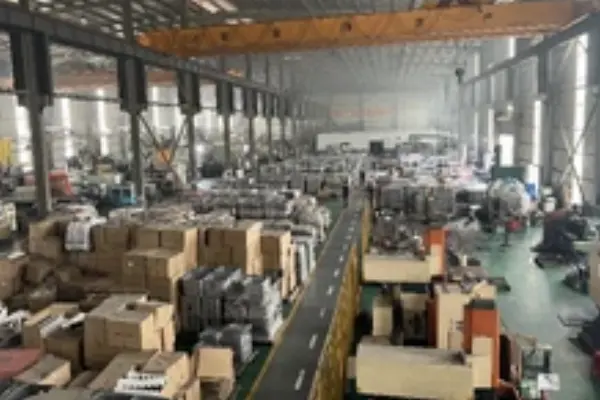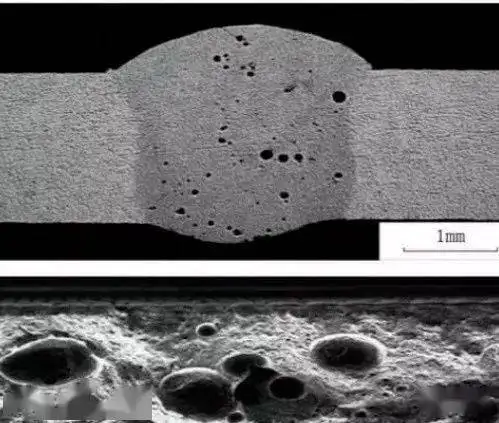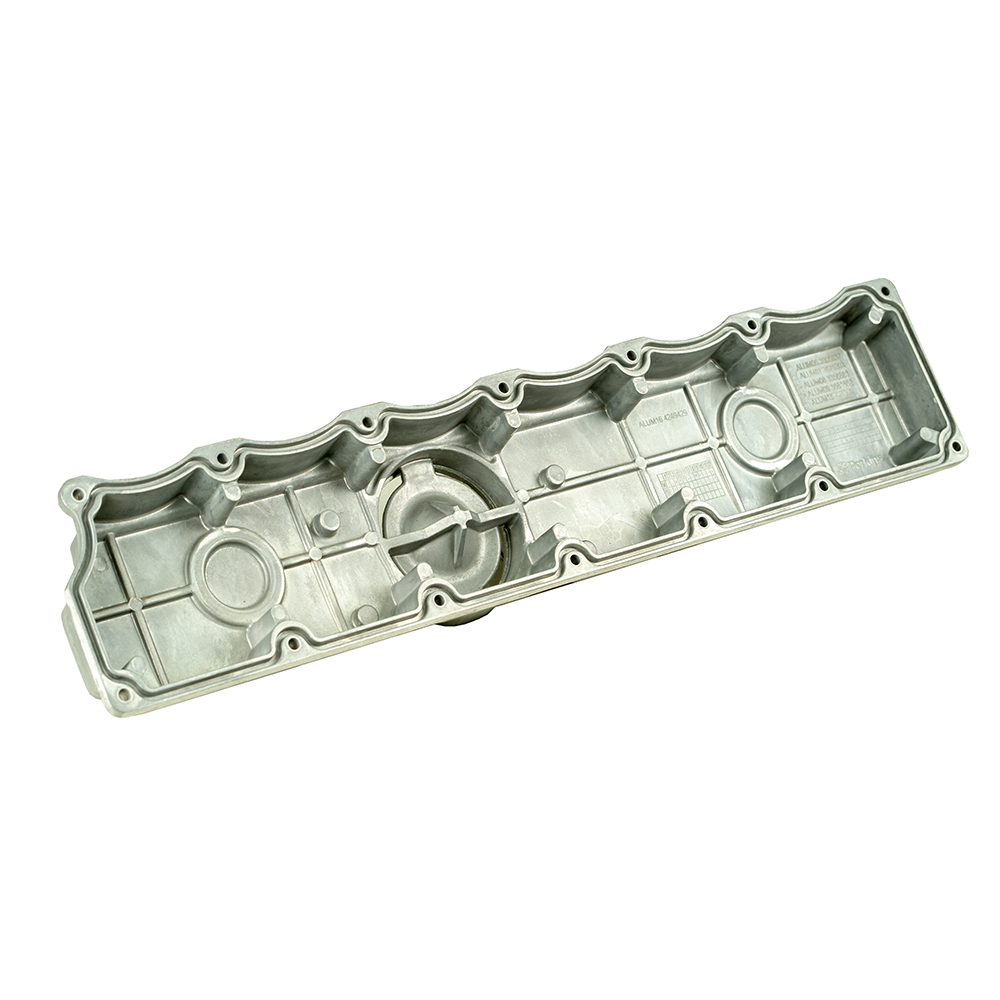

Die-casting is a popular manufacturing process for producing metal parts in large quantities. Among the most commonly used materials for die-casting are aluminum alloys, which offer a wide range of desirable properties such as high strength, low density, excellent corrosion resistance, and good thermal conductivity. In this article, we will take a closer look at how die-cast aluminum alloys are made.
Die-casting is a process that involves injecting molten metal into a steel mold, or die, at high pressure. The mold is then opened, and the solidified part is ejected. There are two primary types of die-casting: hot chamber and cold chamber.
In hot chamber die-casting, the injection system is immersed in a pool of molten metal, usually zinc, that is stored in a furnace. As the injection system is lowered into the pool, a plunger forces the molten metal into the die. This method is suitable for zinc, magnesium, and other low-melting alloys that do not erode the plunger and other components of the injection system.
In cold chamber die-casting, the injection system is outside of the furnace, and the molten metal is ladled into the shot chamber. A plunger then forces the molten metal into the die. This method is used for aluminum and other high-melting alloys that would erode the plunger and other components of the injection system.
Aluminum alloys are widely used for die-casting because of their excellent properties. The most commonly used die cast aluminum alloys are the aluminum-zinc-magnesium family (Zamak alloys) and the aluminum-silicon-magnesium family (Al-Si-Mg alloys). Both types offer a good balance of strength, ductility, and toughness.
Zamak alloys are composed of zinc, aluminum, and magnesium. They are known for their excellent castability and high strength. They also offer good corrosion resistance and are often used for automotive parts, household appliances, and consumer goods.
Al-Si-Mg alloys are composed of aluminum, silicon, and magnesium. They offer excellent castability and are highly resistant to corrosion, wear, and heat. They are commonly used for automotive parts, electronic housings, and aerospace applications.
The die-casting process for aluminum alloys follows the same general steps as any other die-casting process:
The mold is prepared by cleaning, lubricating, and heating it to the appropriate temperature.
The molten aluminum alloy is ladled or pumped into the shot chamber of the die-casting machine.
The plunger forces the molten metal into the mold cavity at high pressure, typically between 10,000 and 30,000 psi, depending on the size and complexity of the part.
The mold is cooled, and the solidified part is ejected from the die.
The part is then trimmed and finished to remove any excess material or imperfections.


